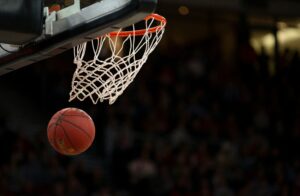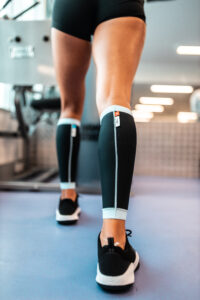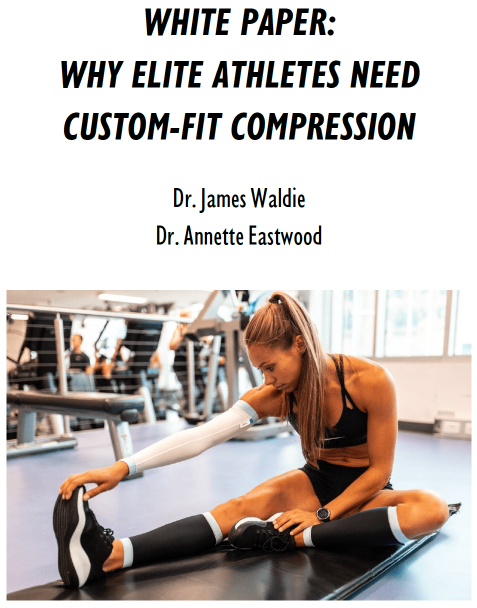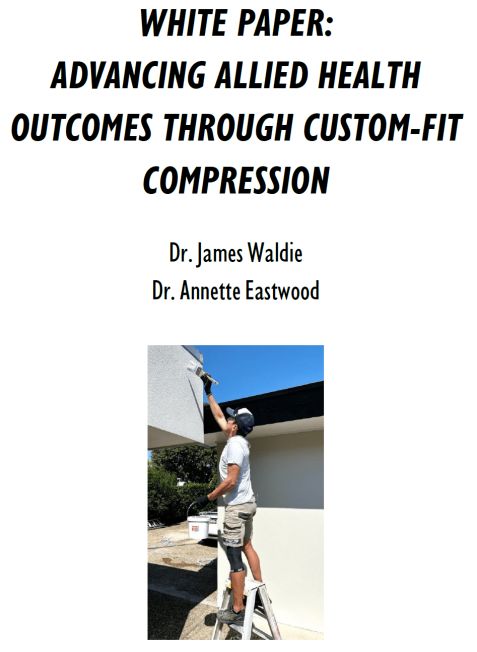Physiological and recovery demands of NBA competition
The sport of basketball involves repeated bouts of high intensity exercise with explosive activity such as sprints, jumps, accelerations, decelerations, and rapid change of direction (Calleja-Gonzalez et al., 2016). The NBA is considered the highest level of basketball performance globally. NBA players are often required to play consecutive matches with limited time for recovery between games. The NBA competition schedule involves 82 regular season games between October and April, and playoffs between April and June. Each team plays on average three games per week (McLean et al., 2019), and sometimes as many as five in a week (Huyghe et al., 2018).
Considering the high physiological demands of the game and limited time for recovery, strategies to enhance recovery are particularly important for NBA players. Compression garments have been shown to enhance recovery of maximal strength and power, improve vertical jump performance and reduce swelling and pain when worn in the post exercise recovery period (Born et al., 2013). Recent research has shown that compression garments also increase venous return, muscle blood flow and muscle oxygenation (O’Riordan et al., 2021). Numerous studies have shown that feelings of muscle soreness have been reduced when compression garments are worn in the recovery period, demonstrating beneficial effects on athlete perceptual recovery.
Travel demands in the NBA
In addition to the physiological demands of the game and the limited time for recovery, NBA teams will undertake extensive air travel throughout the season due to the location of different teams across different time zones (Huyghe et al., 2018). Players often have to travel soon after a game and be ready to play again the following day. Frequent air travel is a concern to players and coaches due to its impact on health and performance (Huyghe et al., 2018). Therefore, adopting strategies to minimise the effect of travel can be beneficial for recovery and subsequent performance.
Compression garments have been shown to enhance athletic recovery by reducing feelings of muscle soreness, this is particularly important when athletes are required to travel immediately post a strenuous game. Research has shown that wearing compression garments during a flight can attenuate the decrement in performance associated with travel, therefore maximising performance at competition (Kraemer et al., 2016). Also, numerous studies have shown that wearing compression garments during travel can minimise the risk of deep vein thrombosis.
Why is custom fit compression wear so important for NBA players?
As many NBA players are over 2m tall and over 100kg in body mass (Zhang et al., 2018), compression garments that have been sized to the general population will be inadequate for these athletes. Therefore, custom fit compression garments which can be specifically sized to each individual player are the only option for NBA players wanting to ensure correct fit and optimum physiological benefits from compression.
CAPE custom fit compression garments are sized based off a 3D body scan to ensure correct fit and optimal compression regimes. Off the shelf compression garments are sized based on measures of height and weight and have a large range for each size of garment, consequently this means that not all athletes will be receiving the optimum level of compression when off the shelf garments are worn (Hill et al., 2015).
The best compression for the best players
CAPE custom fit compression garments have been designed based on many years of research at NASA and MIT and worn by astronauts on the International Space Station. With accurate fit and optimal compression regimes, CAPE ensure that the best athletes on the planet have access to the best compression both on and off the planet.
Image credit: Photo by Markus Spiske
REFERENCES:
1. Born., DP., Sperlich, B., Holmberg, HC. (2013). Bringing Light Into the Dark: Effects of Compression Clothing on Performance and Recovery International Journal of Sports Physiology and Performance, 8, 4-18.
2. Calleja-González, J., Terrados, N., Ayuso, JM., Delextrat, A., Jukic , Vaquera, A., Torres, L., Schelling, X., Stojanovic, M., Ostojic, SM. (2015). Evidence-based post-exercise recovery strategies in basketball. Phys Sportsmed, 44(1) 74-78.
3. Hill, J., Howatson, G., Someren, K., Davidson, S., & Pedlar, C. (2015). The variation in pressures exerted by commercially available compression garments. Sports Engineering 18, 115-121.
4. Huyghe, T., Scanlan, AT., Dalbo, VJ., Calleja-Gonzales, J. (2018). The Negative Influence of Air Travel on Health and Performance in the National Basketball Association: A Narrative Review. Sports, 6, (3) 89; 1-7.
5. Kraemer WJ. et al., (2016). The effects of a roundtrip trans-American jet travel on physiological stress, neuromuscular performance, and recovery. J Appl Physiol 121: 438–448.
6. McLean, BD., Strack, D., Russell, J., and Coutts, AJ. (2019). Quantifying Physical Demands in the National Basketball Association—Challenges Around Developing Best-Practice Models for Athlete Care and Performance. International Journal of Sports Physiology and Performance, 2019, 14, 414-420.
7. O’Riordan, SF, McGregor, R., Halson, SL., Bishop, DJ., Broatch, JR. (2021). Sports compression garments improve resting markers of venous return and muscle blood flow in male basketball players. Journal of Sport and Health Science.
8. Zhang, S., Lorenzo, A., Gómez, MA., Mateus, N., Gonçalves. B., Sampaio, J. (2018). Clustering performances in the NBA according to players’ anthropometric attributes and playing experience. Journal of Sports Sciences: 36, 22, 2511-2520.





